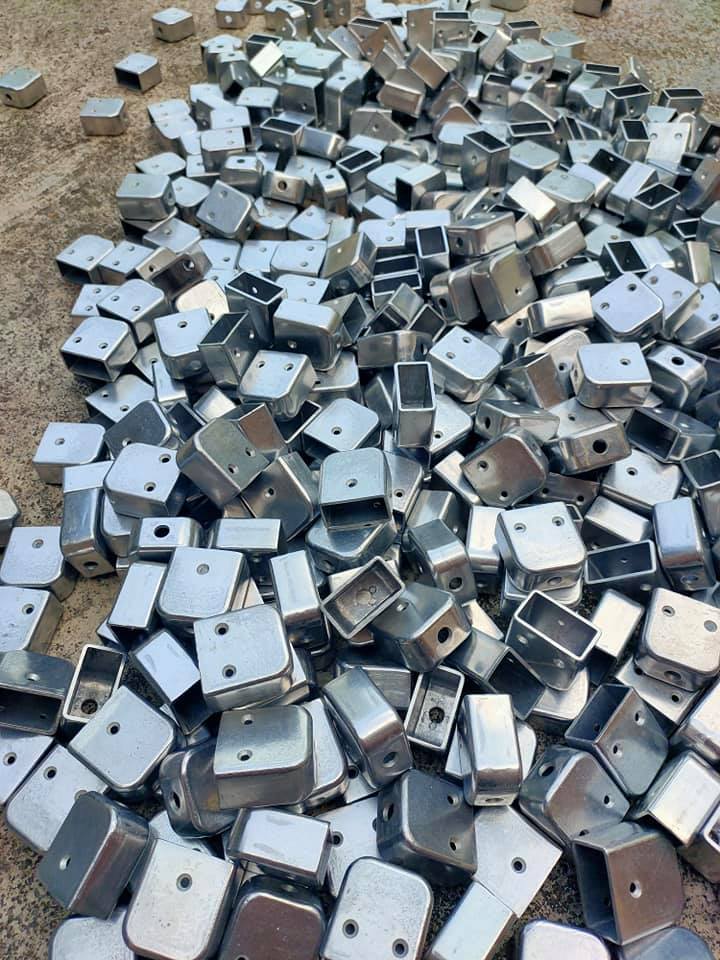Cast Aluminium Vs Cast Iron
Cast Aluminium Vs Cast Iron
Cast aluminum and cast iron are two different materials commonly used in the manufacturing industry. Here are the key differences between them:
| Parameter | Cast aluminum | Cast Iron |
|
Manufacturing Process
|
Aluminum that is cast is produced by pouring molten aluminum into a mold. | Cast Iron that is cast is produced by pouring molten iron into a mold. |
|
Composition
|
Cast aluminum is made of aluminum, which is a lightweight and corrosion-resistant metal in nature | Cast iron is made of iron, carbon, and sub alloying metal like silicon, manganese, and sulfur. |
|
Weight
|
Aluminium is significantly lighter than iron. | Cast iron is significantly Hevier than Aluminum |
|
Strength and Durability
|
Cast aluminum, while not as strong as cast iron, still possesses good strength and is more ductile. | Cast iron is known for its excellent compressive strength and durability. It can withstand heavy loads and high temperatures without deforming or cracking. |
|
Heat Conductivity
|
Aluminium has excellent heat conductivity compared to cast iron. It can dissipate heat more efficiently, making it suitable for applications that require good thermal management, such as heat sinks or cooking utensils.
|
Cast iron, with its lower heat conductivity, tends to retain heat longer and distributes it more evenly, making it ideal for applications like cookware and engine parts.
|
| Advantages |
Cast aluminum has lots of advantages such as lightweight, corrosion resistance, and good heat conductivity.
|
Cast iron has lots of advantages such as longevity, heat retention, and affordability.
|
| Disadvantages |
Cast aluminum has a number of limitations, including a high price, a significant risk of damage, and a challenging repair process.
|
Cast iron has some limitations, such as its weight, susceptibility to corrosion, and cleaning challenges.
|



